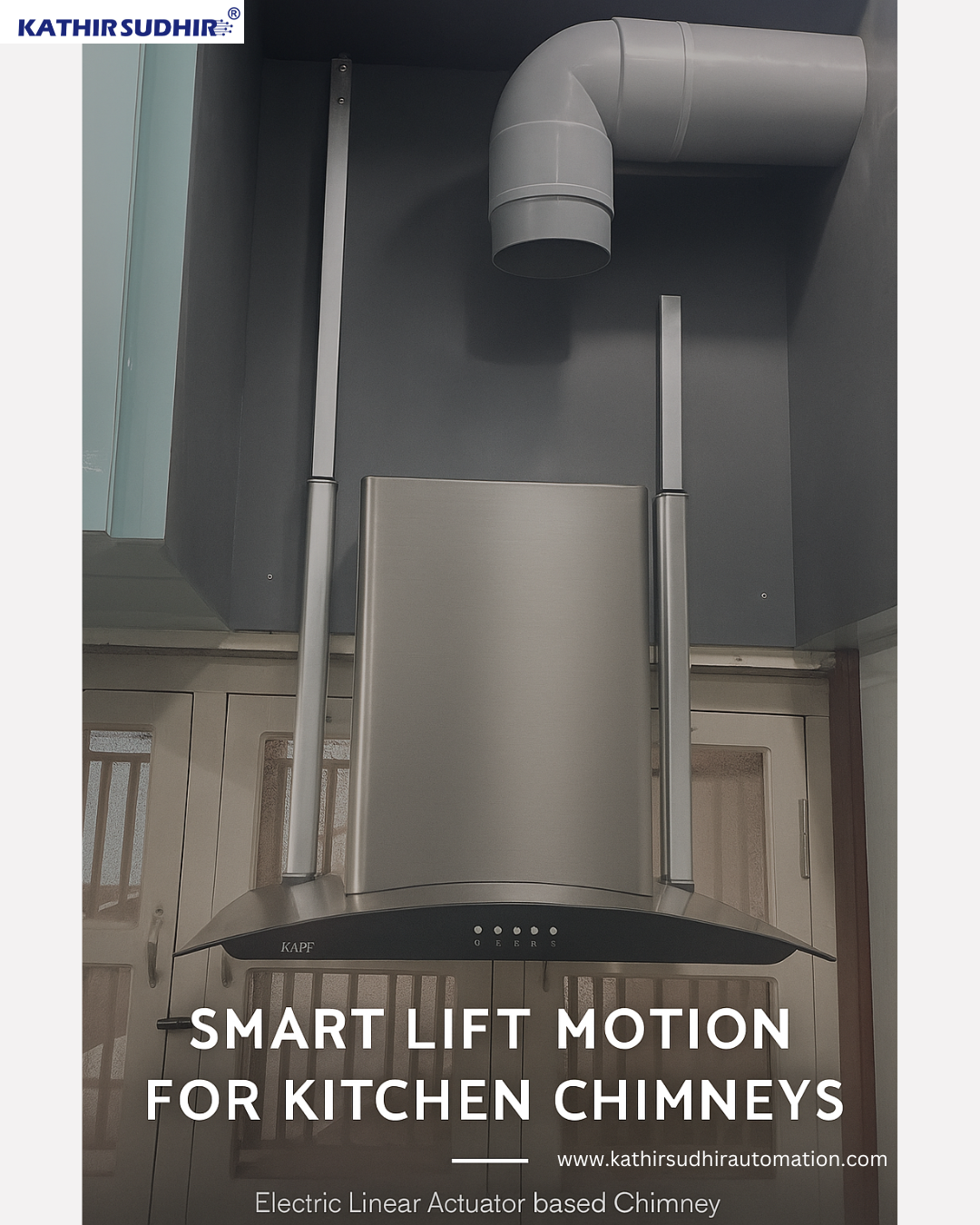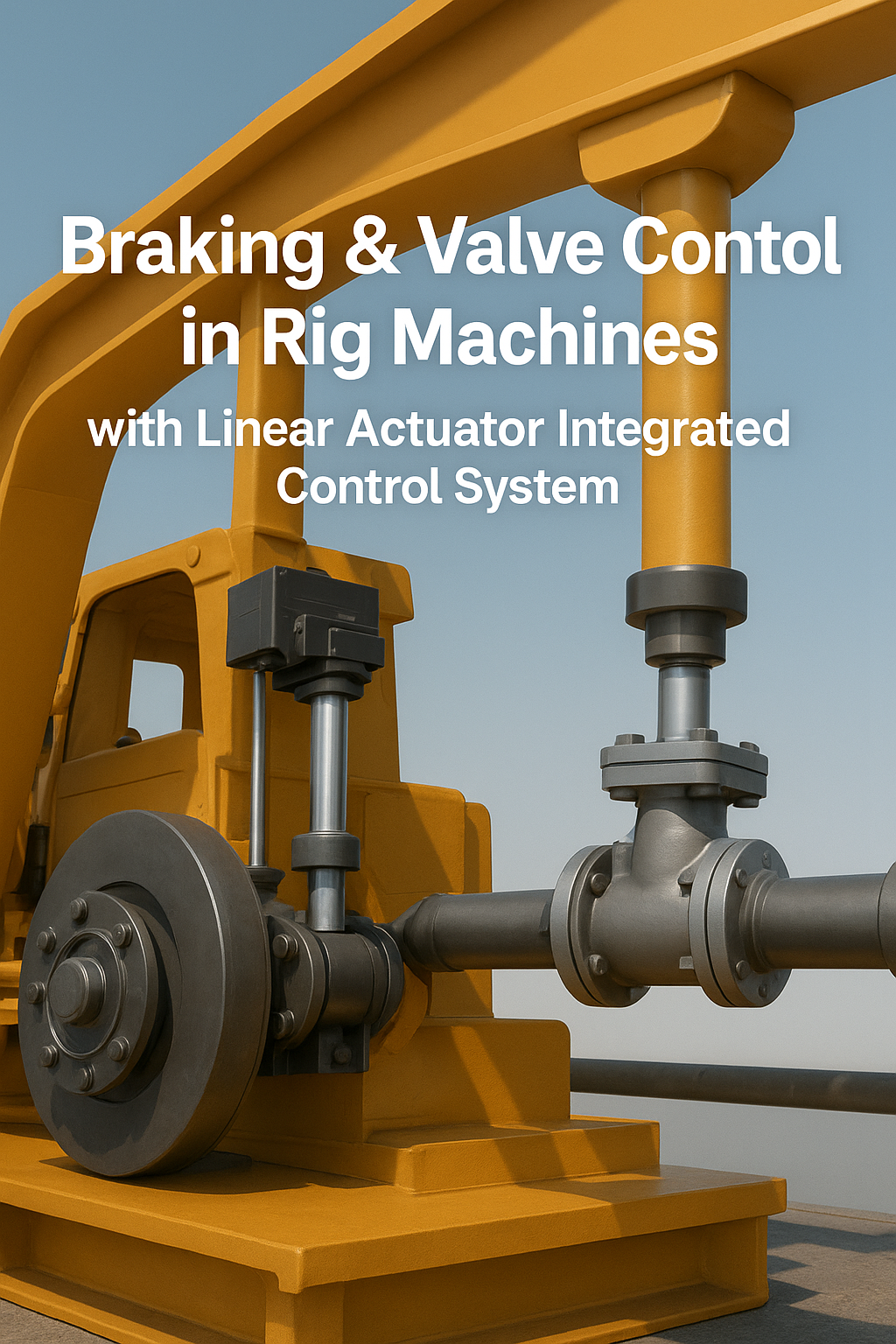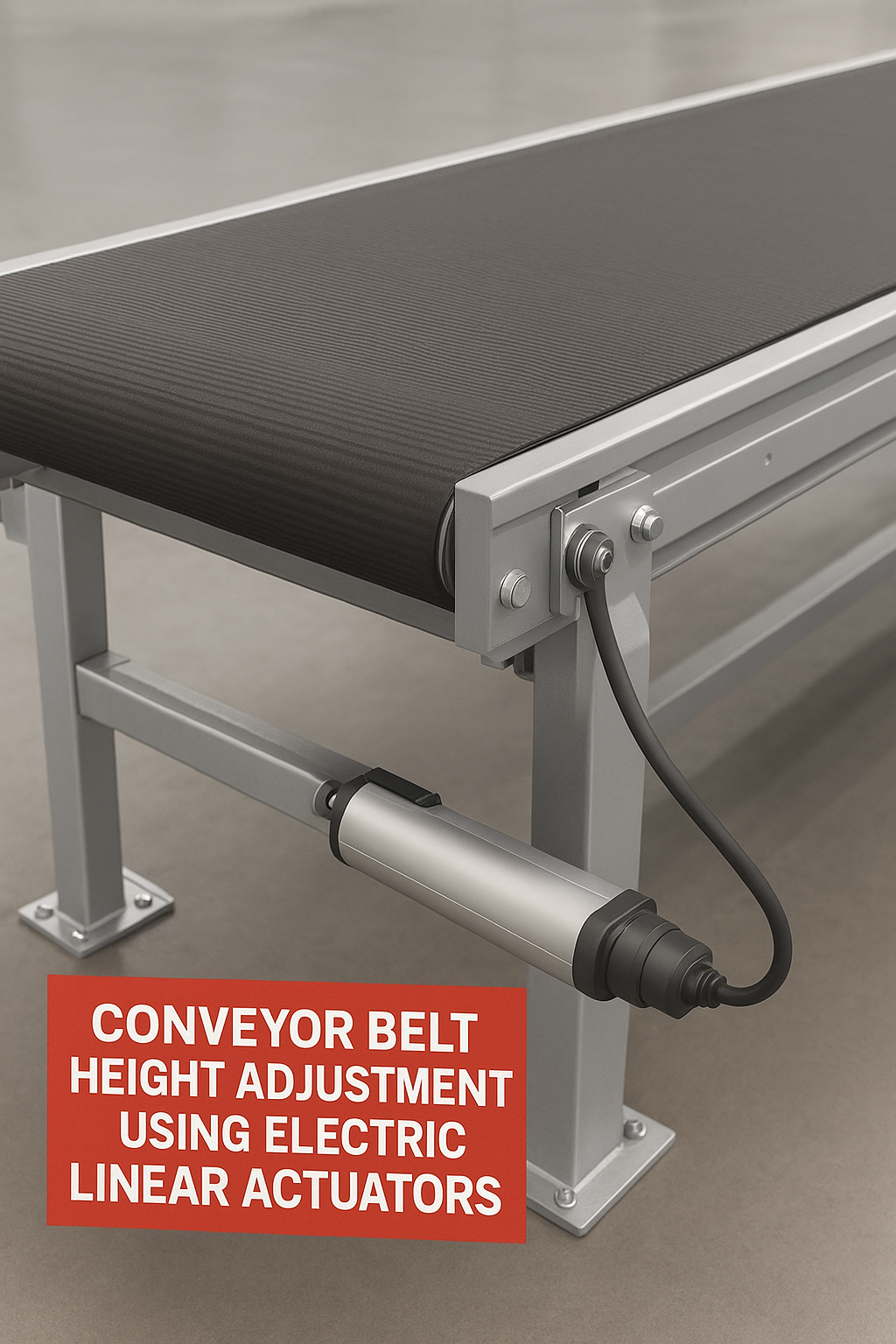In the realm of modern agriculture, precision and efficiency are key factors that determine the success of crop cultivation. Farmers are constantly on the lookout for innovative technologies that can optimize their processes and improve productivity. One such technology that has gained significant attention is the integration of linear actuators in seeding irrigation machine. These versatile devices are revolutionizing the way seeds are planted and irrigated, offering precise control and efficient operation. In this blog post, we will explore the functionality and benefits of linear actuators in seeding irrigation machines and delve into their impact on the agricultural industry.
Understanding Linear Actuators
Before delving into their application in seeding irrigation machines, it is essential to understand what linear actuators are and how they work. A linear actuator is a device that converts rotational motion into linear motion, facilitating the movement of a load in a straight line. It consists of a motor, gears, and a lead screw or belt mechanism that translates the rotary motion of the motor into linear movement. The direction, speed, and distance of the linear actuator’s movement can be controlled through electrical signals, making it an ideal choice for automation and precise positioning.
The Role of Linear Actuators in Seeding Irrigation Machine
Seeding irrigation machines play a vital role in the process of planting seeds and ensuring proper irrigation. Traditional machines relied on manual adjustments and imprecise mechanisms to distribute seeds and water. However, with the integration of linear actuators, these machines have undergone a significant transformation. Linear actuators provide the following key functionalities in seeding irrigation machine.

Precise Seed Placement of Irrigation Machine
Accurate seed placement is crucial for optimal germination and uniform crop growth. Linear actuators enable precise control over the depth and spacing of seed placement, ensuring consistency and minimizing wastage. By adjusting the linear actuator’s movement parameters, farmers can adapt to various soil conditions and seed types, enhancing overall productivity.
Efficient Irrigation Machine
Proper irrigation is essential for plant growth, and linear actuators contribute to its efficiency. By automating the movement of irrigation nozzles or sprinklers, linear actuators ensure uniform water distribution across the field. This not only minimizes water wastage but also maximizes the utilization of resources, reducing costs and environmental impact.
Adaptability to Terrain
Agricultural fields are rarely flat and often feature slopes and uneven surfaces. Linear actuators enable seeding irrigation machines to adapt to these terrains by adjusting the height and angle of the seeding and irrigation components. This adaptability ensures consistent seed placement and water distribution, irrespective of the field’s topography, resulting in higher yields and better crop quality.
Benefits of Linear Actuators in Seeding Irrigation Machine
The integration of linear actuators in seeding irrigation machines offers several benefits that contribute to the overall improvement of agricultural practices. Some of these benefits include:
Increased Efficiency
Linear actuators enable automation and precise control, reducing the reliance on manual labor and human error. The machines equipped with linear actuators can operate continuously and at high speeds, resulting in increased efficiency and productivity.
Enhanced Precision
The ability to precisely control the movement of seeding and irrigation components ensures accurate seed placement and uniform water distribution. This precision minimizes seed wastage, optimizes resource utilization, and promotes uniform crop growth, ultimately leading to higher yields.
Time and Cost Savings
By automating the seeding and irrigation processes, linear actuators save significant time and costs associated with manual labor. Farmers can cover larger areas in less time, allowing them to focus on other essential tasks and reducing operational expenses.
Improved Sustainability
Linear actuators contribute to sustainable agriculture by minimizing resource wastage. Precise seed placement and uniform water distribution result in reduced seed, water, and fertilizer usage, lowering environmental impact and promoting sustainable farming practices.
Adaptability and Flexibility
Linear actuators offer adaptability and flexibility in adjusting seeding and irrigation parameters to meet specific field requirements. Farmers can easily modify the depth, spacing, and angle of seed placement and irrigation, accommodating different crop varieties and soil conditions.
Conclusion
A significant advancement in modern agriculture. These devices provide precise control, efficient operation, and enhanced productivity in seed placement and irrigation processes. With their ability to automate and optimize these tasks, linear actuators contribute to increased efficiency, improved precision, time and cost savings, and overall sustainability in farming practices. Their adaptability to different terrains and crop varieties further enhances their value in the agricultural industry.
As farmers strive to meet the demands of a growing population and address environmental challenges, the integration of innovative technologies like linear actuators becomes increasingly important. By harnessing the power of automation and precision, seeding irrigation machines equipped with linear actuators pave the way for more sustainable and productive farming practices.
As the agricultural industry continues to evolve, it is crucial for farmers to embrace and leverage technological advancements like linear actuators. These devices not only streamline and optimize the seeding and irrigation processes but also contribute to the overall success and profitability of crop cultivation. With their ability to enhance precision, efficiency, and sustainability, linear actuators in seeding irrigation machines are set to revolutionize the way we approach agriculture and ensure a brighter future for food production. For more details kindly visit our website.



